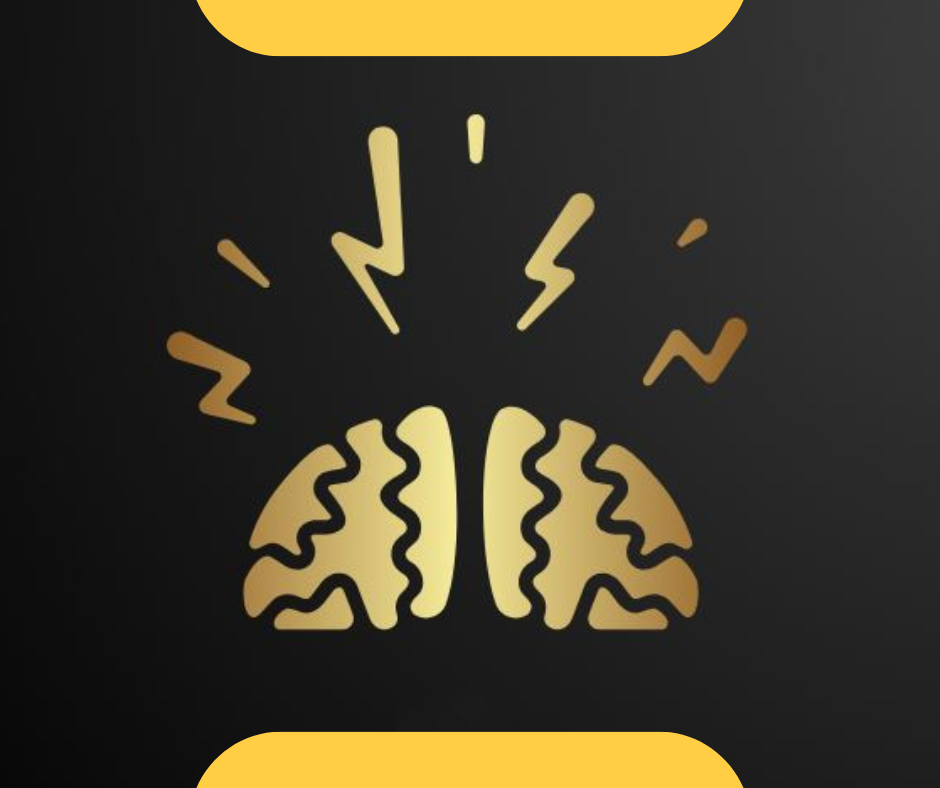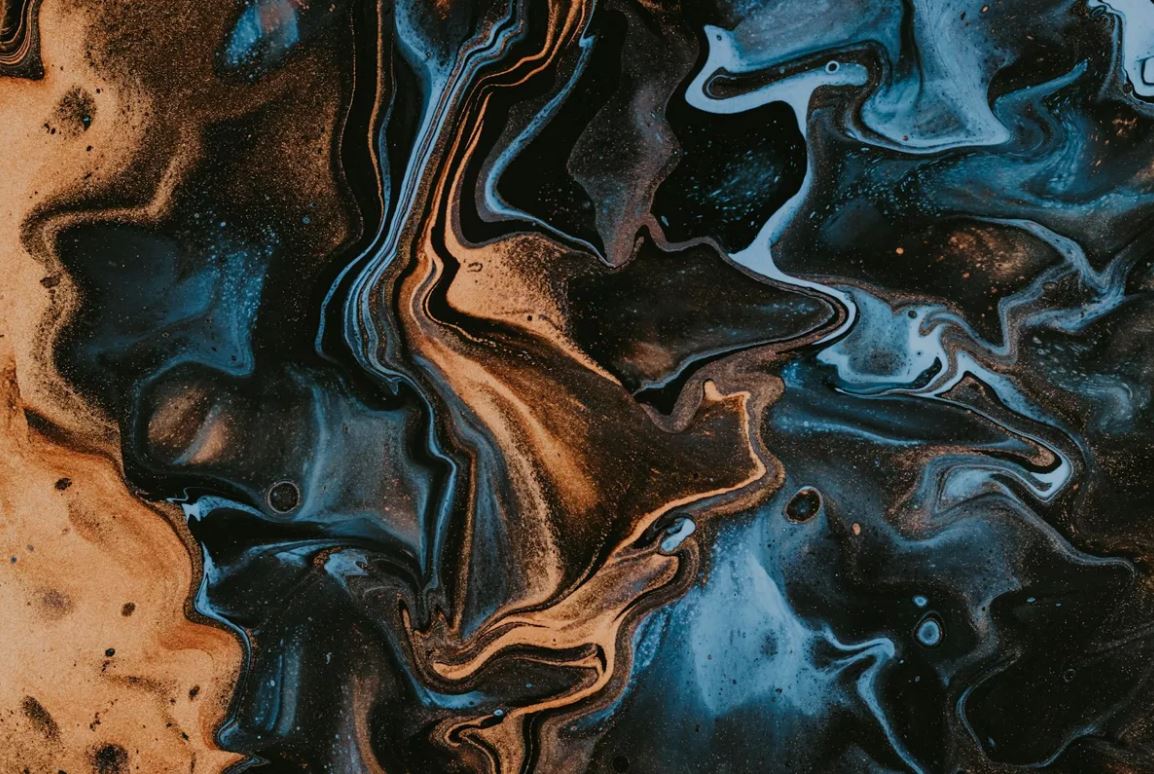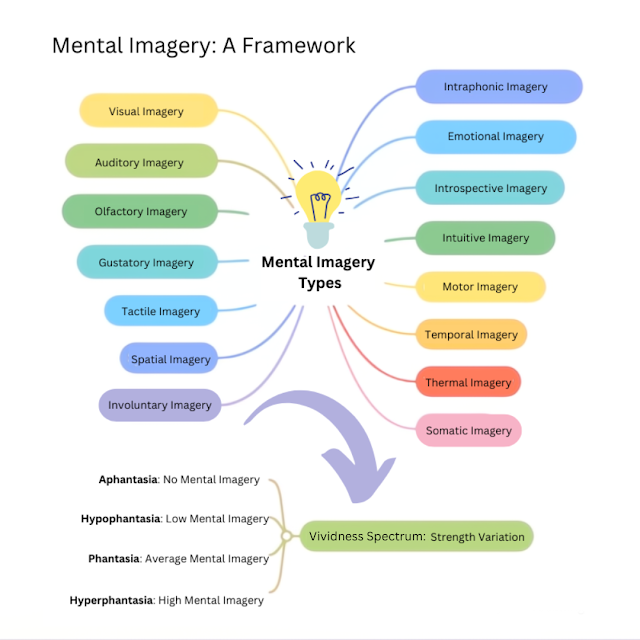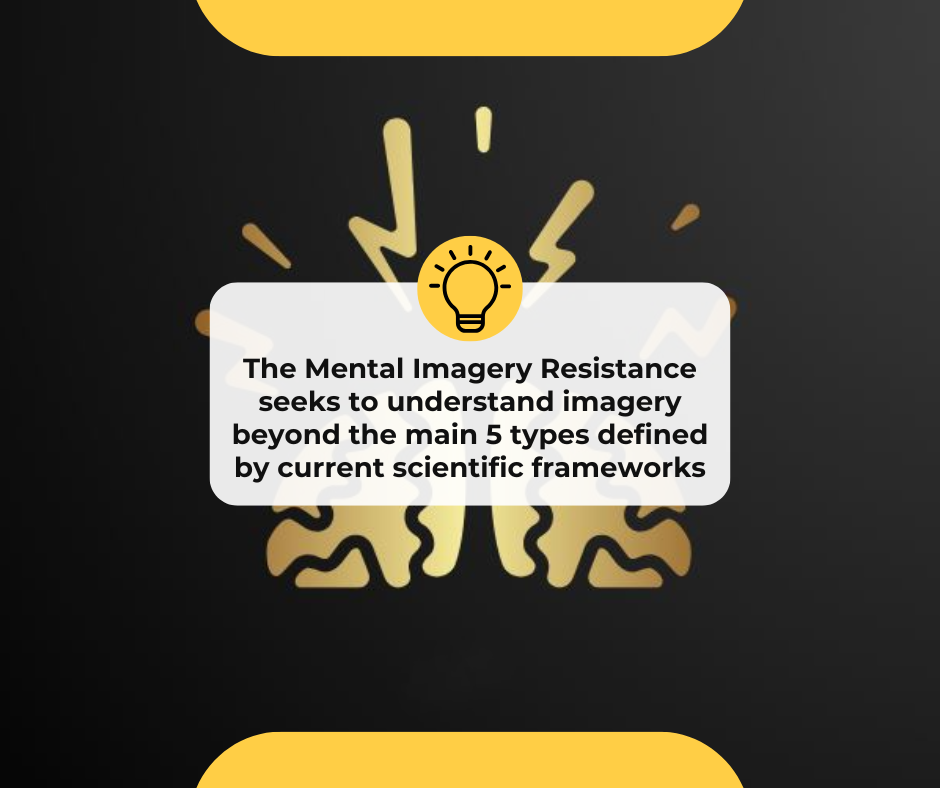About The MIR
The Mental Imagery Resistance (MIR) was founded in 2025 by mental imagery advocate and campaigner, Hayley de Ronde , as a result of her personal experience with aphantasia and undefined imagery. The MIR was born out of a deep conviction that the mind comprises of more than just the five known forms of mental imagery—that imagination, mental imagery, and sensory experience deserve recognition beyond limited materialist explanations.
The MIR seeks to build a community of like-minded individuals dedicated to advocating for research into the senses reported by those with aphantasia—sensations and ways of knowing that exist outside the current scientific framework. The old map of the mind is outdated, it’s time to discard it and chart a new one, one that respects the full spectrum of human perception.

Advocacy for Research
The MIR is dedicated to advancing the discourse on the absence of a unifying language between mental perception and neurodiversity. Through independent research, we seek to inspire the academic community to reconsider the existing boundaries of mental imagery.
Our advocacy highlights the limitations of the current approach and calls for a more nuanced approach to understanding cognitive diversity:
Locating Unifying Language: Multiple Intelligences, Mental Sensory Perception, and Mental Imagery (2025) — A critical examination of the gaps in the evolving definition of aphantasia, advocating for a more precise and inclusive language framework.
Anonymouse Calling
Ishtar’s Sh*thouse Poetry is a personal blog where raw, irreverent verse and philosophy collide. Written under the pseudonym Anonymouse Calling , Hayley de Ronde explores human nature with absurdity, brilliance, and contradiction. This is not a place for the tame—it’s a space for unfiltered, unapologetic thoughts that break the bounds of convention. It is where it all began, with a poem and an understanding there was a word to define this newly discovered neurodivergence.
Notable posts on mental imagery include:



